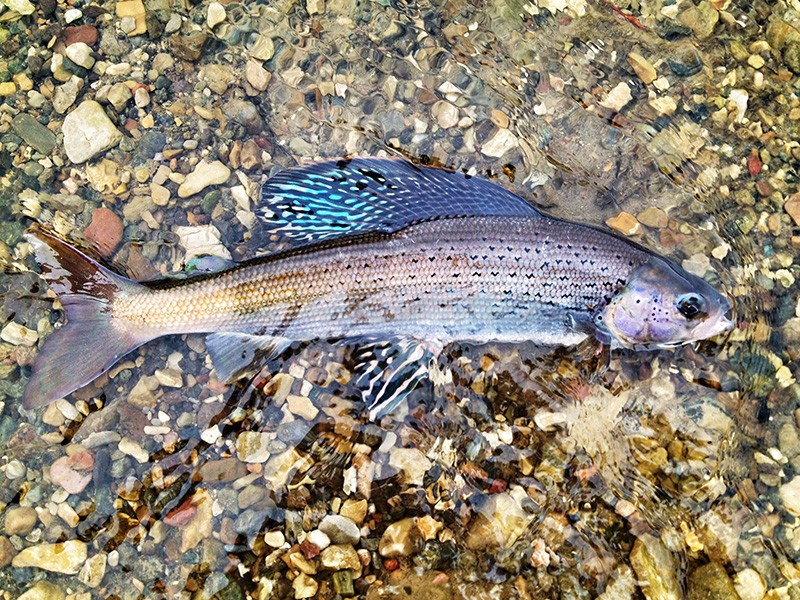What We've Lost
Native Cutthroat - Wyoming
I spent twenty-five days in Montana and Wyoming this summer on assignment. While there I fly fished such fabled waters as the Beaverhead, Bighorn, Big Hole, Henry's Fork, Madison, North Platte and Ruby Rivers. I fished Ennis and Hebgen Lakes as well; and Clear, Poindexter and Tensleep Creeks also.
While the fishing was spectacular and many of the trout I caught were wild, there was one thing missing: Native fish. In twenty days of fishing these waters I caught mostly nonnative browns and rainbows, and a few equally nonnative brook trout. In fact, the only native fish I caught were whitefish, and the closest thing to a native trout I encountered was a cutthroat/rainbow hybrid (cuttbow) -- more a sign of what was, than what is.
“There was one thing missing: Native Fish”
It wasn’t until I fished the North Tongue in Bighorn National Forest in Wyoming late in my trip that I caught a native cutthroat. And even then, I cannot say for sure if they were a native subspecies or a transplant. And intermixed with the cutthroat were nonnative browns, brookies and rainbows, all of which compete with native cutts for food and space, the latter of which can also hybridize with them.
Brown trout from the Ruby River in Montana, once home to rare fluvial Arctic grayling.
This does not mean that the west is devoid of wild native trout, just that many/most of the big-name rivers and streams are now home to self-sustaining populations of nonnative fish, which in some cases caused the extirpation of the native cutthroat and Grayling. And many of the lakes and ponds are now being actively stocked to offset high levels of high-impact angling.
Montana Grayling.
Home in New England, the situation is not much better as most of our large rivers and streams and many of our lakes and ponds are stocked, including both hatchery brook trout and nonnative salmon, rainbows and browns. The northeast also has a serious and growing problem regarding the proliferation of nonnative warmwater species such as bass, pike and muskies which imperil native salmonid populations.
“Home in New England, the situation is not much better”
Even the backcountry of Maine hasn’t escaped the plague of nonnative fish as smelts and shiners continue to wreak havoc on native brook trout and Arctic char waters. Even though they were designated as "State Heritage Fish" waters and closed to the use of live bait, two of my favorite wild native brook trout ponds were recently infested with highly invasive nonnative shiners. And three waters that are home to rare Arctic char have been infested with invasive smelts.
While the answer is very complex and complicated, the question is quite simple: Are we willing to step up and do what is needed to save the nation’s last wild native fish? If the answer is yes, we need to move quickly as while we are gaining ground in some areas, we are still losing ground in some places, and are badly stalled out in others. If not now, when? If not us, who?
Bob Mallard is a lifelong fly fisher, former fly shop owner, registered Maine guide, fly designer and fly fishing, outdoor and conservation writer, and the author of two books. He is the Northeast Regional Editor for Fly Fish America magazine and a columnist for Southern Trout online magazine. Bob is a founding member and National Vice Chair of Native Fish Coalition, and a Board Member of the Maine chapter of NFC. He can be reached at bobmallard58@gmail.com
###


